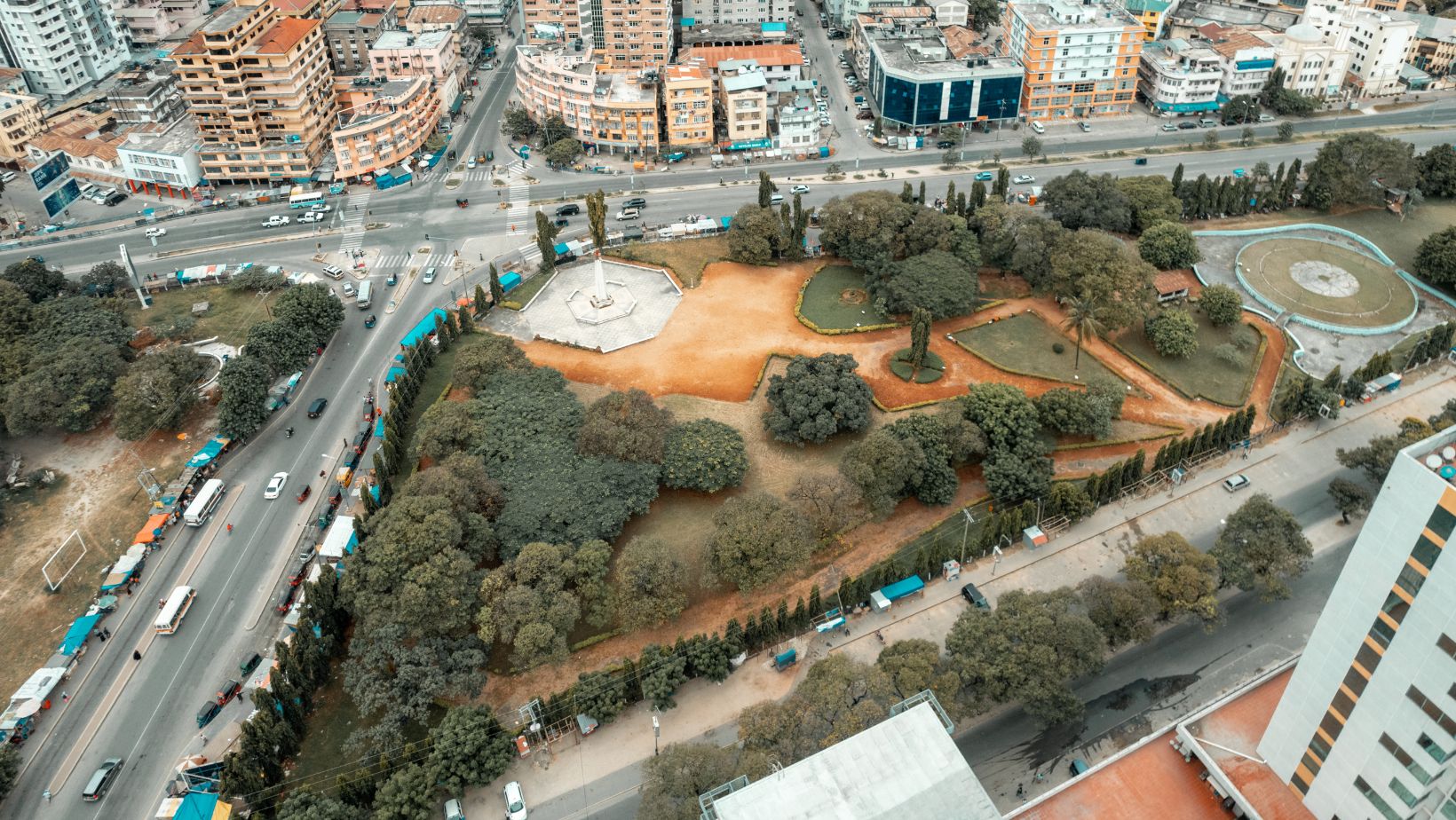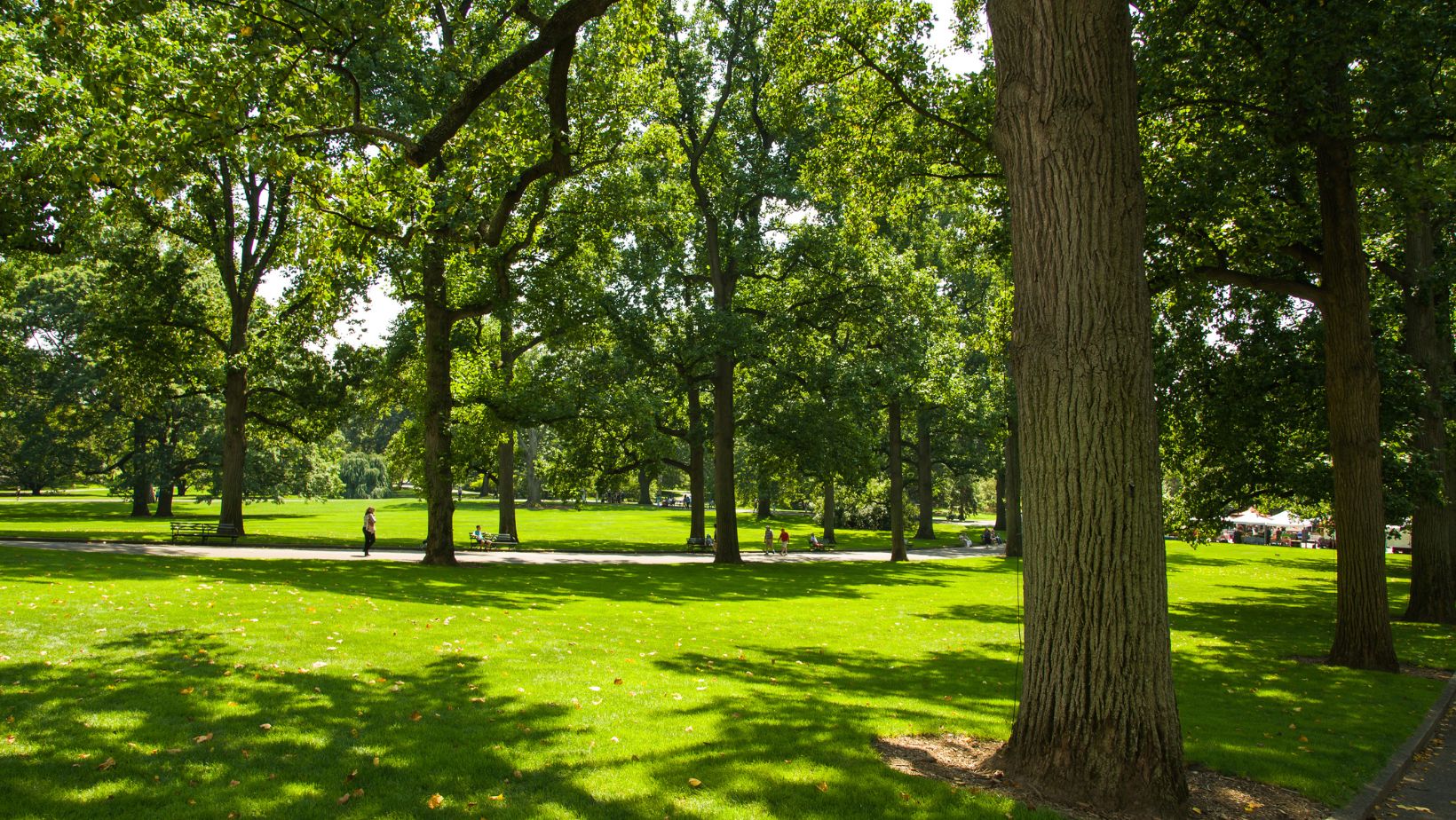Urban green spaces serve as the lungs of our concrete jungles, breathing life into cities that might otherwise suffocate under a blanket of gray infrastructure. These verdant oases offer more than just a pretty backdrop for Instagram photos – they’re essential components of healthy, sustainable urban environments.
In today’s rapidly expanding metropolitan areas, green spaces have become increasingly crucial for both environmental and social well-being. From pocket parks tucked between buildings to sprawling urban forests, these natural havens provide countless benefits that transform cities from mere living spaces into thriving communities. They’re not just about making cities look prettier; they’re about making them work better for everyone who calls them home.
Why is Green Spaces Important to Urban Areas
Urban population growth creates an increasing demand for green spaces in cities. The rapid urbanization transforms natural landscapes into concrete environments, highlighting the critical importance of preserving and creating new green areas.
Current State of Cities and Urban Development
Cities occupy 3% of Earth’s land surface yet house 55% of the global population. Urban development patterns show a consistent reduction in natural spaces, with concrete infrastructure replacing vegetation at a rate of 2.5% annually in major metropolitan areas. Population density in urban cores reaches 15,000 people per square kilometer, limiting access to nature. Statistical data indicates that 40% of city residents live more than a 10-minute walk from public green spaces.
| Urban Development Metrics | Value |
|---|---|
| Global Urban Land Use | 3% |
| Urban Population | 55% |
| Annual Green Space Loss | 2.5% |
| Average Population Density | 15,000/km² |
Environmental Challenges in Urban Areas
Urban environments face significant environmental pressures that affect public health and ecological stability. Air pollution in cities exceeds WHO guidelines by 500% in many metropolitan areas. Urban heat island effects raise temperatures by 7°C compared to surrounding rural areas. Stormwater management systems struggle with 85% impervious surface coverage in city centers. These conditions contribute to respiratory illnesses, heat-related health issues and degraded water quality in urban watersheds.
| Environmental Challenge | Impact |
|---|---|
| Air Pollution | 500% above WHO guidelines |
| Temperature Increase | 7°C higher than rural areas |
| Impervious Surface Coverage | 85% in city centers |
Environmental Benefits of Green Spaces
 Urban green spaces deliver measurable environmental improvements through natural ecosystem processes that counteract pollution, temperature extremes, and biodiversity loss. These spaces function as essential environmental regulators in densely populated urban areas.
Urban green spaces deliver measurable environmental improvements through natural ecosystem processes that counteract pollution, temperature extremes, and biodiversity loss. These spaces function as essential environmental regulators in densely populated urban areas.
Air Quality Improvement
Urban green spaces filter harmful air pollutants through leaf absorption and particle capture. Trees remove 85 metric tons of air pollutants annually in a typical metropolitan area of 500,000 residents. A mature oak tree absorbs 22 kilograms of carbon dioxide each day while releasing enough oxygen for four people. Urban parks with 50% tree cover reduce particulate matter by 60% compared to areas without vegetation. Dense vegetation barriers along roadways decrease nitrogen dioxide levels by 40% and capture 50% of airborne particles from vehicle emissions.
Temperature Regulation and Heat Island Effect
Green spaces moderate urban temperatures through evapotranspiration and shade provision. Large urban parks reduce local temperatures by 2-8°C compared to surrounding built environments. Tree canopies block 70% of solar radiation, creating cooling zones that extend 100 meters beyond park boundaries. Vegetated areas decrease surface temperatures by up to 20°C compared to concrete surfaces. Green roofs reduce building energy consumption by 30% through natural insulation effects.
Biodiversity Conservation
Urban green spaces preserve native species and create wildlife corridors in city environments. A 10-hectare urban park supports 15-20 bird species, 100 plant species, and numerous insect populations. Connected green spaces increase animal movement by 50% compared to isolated patches. Native plant gardens attract 8 times more pollinators than traditional landscaping. Urban wetlands provide breeding grounds for 70% of local amphibian species. Strategic placement of green corridors increases urban biodiversity by 40% through improved habitat connectivity.
Health and Wellbeing Advantages
Green spaces provide measurable health benefits to urban residents through direct exposure to nature. Research demonstrates significant improvements in both physical health metrics and psychological well-being among populations with regular access to parks and natural areas.
Physical Health Benefits
Urban green spaces promote active lifestyles through accessible outdoor recreation opportunities. Studies show that residents living within 300 meters of parks exercise 45% more frequently than those without nearby green spaces. Parks encourage diverse physical activities like walking jogging cycling resulting in a 25% reduction in obesity rates among regular users. Data indicates that neighborhoods with abundant green spaces report 30% lower rates of cardiovascular disease compared to areas lacking natural environments.
| Health Metric | Impact of Green Space Access |
|---|---|
| Exercise Frequency | +45% |
| Obesity Rates | -25% |
| Cardiovascular Disease | -30% |
Mental Health and Stress Reduction
Natural environments in cities reduce psychological distress through exposure to restorative landscapes. Studies demonstrate that 20 minutes in urban green spaces lowers cortisol levels by 15% while improving mood scores by 40%. Park visitors experience enhanced cognitive function with attention spans increasing by 20% after nature walks. Research reveals that office workers with views of green spaces report 35% less workplace stress compared to those in buildings without natural views.
| Mental Health Indicator | Improvement |
|---|---|
| Cortisol Reduction | 15% |
| Mood Enhancement | 40% |
| Attention Span | 20% |
| Workplace Stress | -35% |
Social and Economic Impact
Urban green spaces create measurable social benefits while driving economic growth in surrounding communities. Studies demonstrate significant positive correlations between accessible green spaces and improved community dynamics alongside increased property values.
Community Building and Social Cohesion
Green spaces strengthen neighborhood connections by providing gathering places for social interaction. Parks host 75% more community events compared to other public spaces, fostering relationships among diverse groups. Data shows that neighborhoods with accessible green spaces experience 40% higher rates of social interaction among residents. Community gardens in urban areas generate 65% more social connections between neighbors than areas without shared green spaces. These spaces serve as venues for cultural festivals, farmers markets, outdoor concerts attracting 500+ attendees per event. Urban parks see 30% higher daily visitor counts in areas with organized community activities, creating platforms for meaningful social engagement across age groups socioeconomic backgrounds.
Property Values and Economic Growth
Properties located within 500 feet of parks command 15% higher values compared to similar properties farther away. Commercial districts adjacent to green spaces report 25% higher retail activity. Studies indicate that urban areas with 20% green cover attract 35% more business investments than areas with minimal green space. Real estate data reveals that homes overlooking parks sell 20 days faster than comparable properties. Business districts featuring green corridors experience 45% higher foot traffic, translating to increased retail sales. Local businesses near well-maintained parks report annual revenue increases of 12% compared to citywide averages. Urban green spaces generate $8 in economic benefits for every $1 invested in their maintenance through increased property taxes retail activity.
Sustainable Urban Planning
Sustainable urban planning integrates green spaces with city development to create resilient metropolitan areas. Modern urban design principles emphasize the strategic placement of natural elements within city infrastructure to maximize environmental benefits.
Integration of Green Infrastructure
Green infrastructure networks combine parks, rain gardens, bioswales, green roofs, permeable pavements. These systems capture 85% of urban stormwater runoff while filtering pollutants through natural processes. Urban planners incorporate green corridors that connect existing parks, creating wildlife passages that span 15-20 kilometers across city sectors. Living walls integrated into building designs reduce energy consumption by 30% through natural insulation properties. Rooftop gardens on commercial buildings provide 45% of the structure’s required cooling capacity during summer months through evapotranspiration.
Future-Proofing Cities
Climate-resilient urban designs protect cities from environmental challenges through strategic green space placement. Advanced modeling shows urban forests reduce flood risks by 60% in vulnerable neighborhoods through enhanced water absorption. Smart parks equipped with sensors monitor air quality, adjusting irrigation systems to maximize cooling effects during heat waves. Urban agricultural zones integrated into city planning provide 25% of local produce needs while reducing food transportation emissions. Green buffer zones around critical infrastructure protect essential services from extreme weather events with 40% greater effectiveness than traditional barriers.
The Growing Need for Urban Green Spaces
Urban green spaces stand as indispensable pillars of modern city life. The evidence clearly demonstrates their pivotal role in creating healthier more sustainable and economically vibrant communities. As cities continue to grow green spaces offer a proven solution to combat environmental challenges while fostering social connections and boosting local economies.
The path forward lies in prioritizing the preservation and creation of these natural havens. By investing in urban green spaces today cities can build resilient environments that serve both current and future generations. The transformation of concrete jungles into thriving green cities isn’t just an aspiration – it’s a necessity for sustainable urban development.


